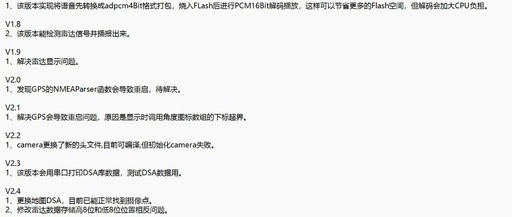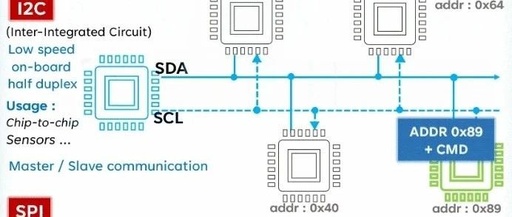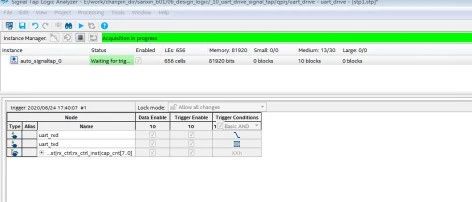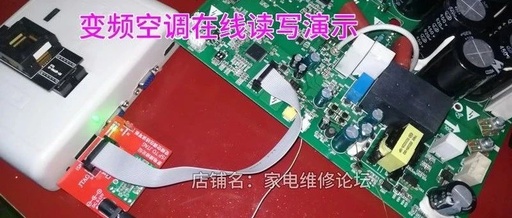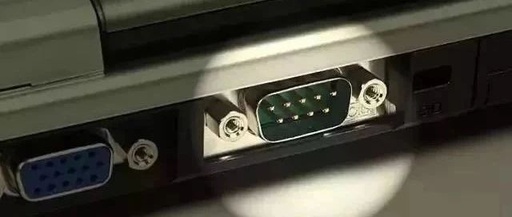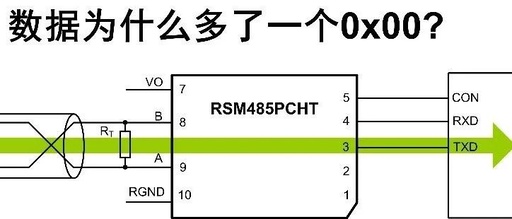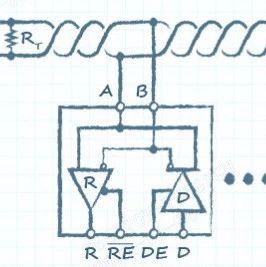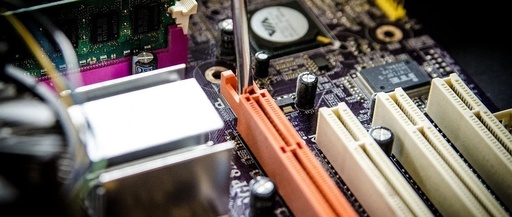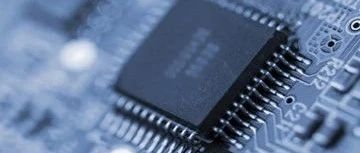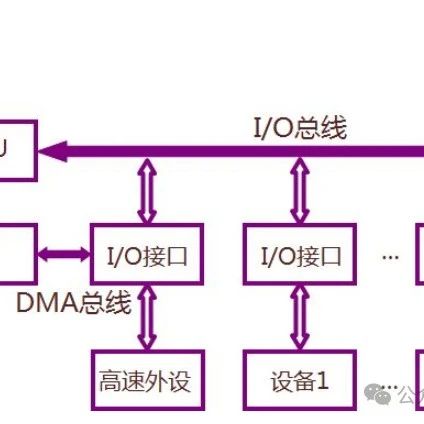Why UART Is Preferred for Embedded Debugging Over SPI and I2C
Follow the blue text and reply “entry materials” to get a comprehensive tutorial from beginner to advanced on microcontrollers The development board will guide you, we will help you fly Written by | Wuji (WeChat: 2777492857) The full text is about1507 words, reading will take about 5 minutes I have been doing microcontroller development, but … Read more
